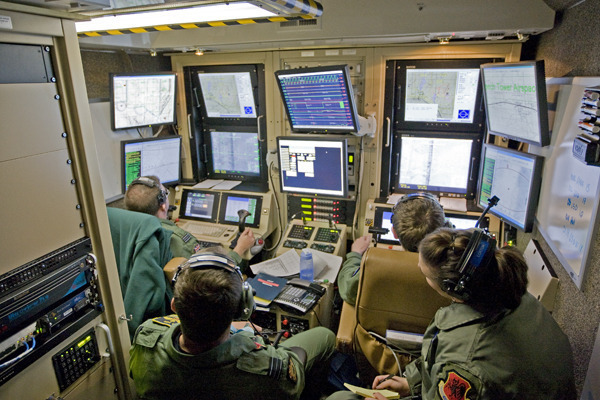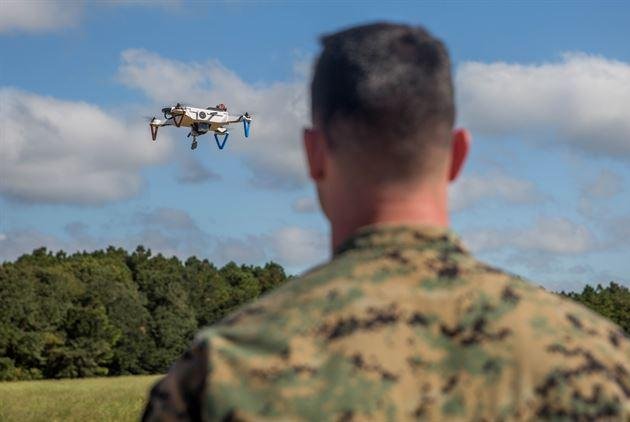I was doing staff course in Defence Services Staff College in 1993-94. Euphoria of the first gulf war was continuing. The power of technology on a highly depleted force was on full display. Nobody can deny US Military's penchant for inventing new jargons. At DSSC people were reading newly published Field Manuals like FM 100-5 Operations. Fashionably it was called as 100 dash five!There were other documents like Rand Corporation Report on India's Strategic Culture and Indian Air Force. Though we were unable to produce this kind of documents there is or was no dearth of critics. Nobody says what the Americans say are correct. But at least produce those kind of documents. I have earlier said if you give peanuts you get monkeys. In Indian Think Tanks you get senior retired service or foreign service officers. It is too much to expect from them to produce such documents.
However character of warfare changes, And changed quickly. The adversaryies adopted, did nor fight US Force on Force and US got entangled in long drawn affairs like Iraq and Afganistan. US Armed forces coined LICO, Asymmetric Warfare,Irregular, unconventional, SASO, OOTW followed by 4GW, long was, small war, Hybrid war, Grey area war and now multi domain battle and many more. Two Colonels of PLA wrote on Unrestricted War. Indian Army borrowed from Israel and published a doctrine called sub conventional warfare. There were other terms like proxy war et al also.
US Army updates its Field Manuals regularly within 3 to 5 years. The eagerly awaited Field Manual FM 3-0 has just been published.From a 60 - 70 odd page document it has become voluminous 364 page document. Nowadays they also publish ADP 3-0 and ADRP 3-0 as supporting documents.
In a recent AUSA Conference US Army has published their draft concept of operations, US Army Chief is taking some drastic steps for readiness, acquisition and their communication networks.
It will be interesting to see what our all talk no action fauz does on the concept, doctrine front.
The foreword to this newly released document says :
“Today’s operational environment presents threats to the Army and joint force that are significantly more dangerous in terms of capability and magnitude than those we faced in Iraq and Afghanistan. Major regional powers like Russia, China, Iran, and North Korea are actively seeking to gain strategic positional advantage. These nations, and other adversaries, are fielding capabilities to deny long-held U.S. freedom of action in the air, land, maritime, space, and cyberspace domains and reduce U.S. influence in critical areas of the world.”
“In some contexts they already have overmatch or parity, a challenge the joint force has not faced in twenty-five years.”
That assessment appears in the Foreword to the newly updated US Army Field Manual 3.0 on Operations that was officially released today.
The Field Manual describes the conduct of operations in the new environment, with notably new material on the cyber and space domains.
“Threat operations [by adversaries] in cyberspace are often less encumbered by treaty, law, and policy restrictions than those imposed on U.S. forces, which may allow adversaries or enemies an initial advantage,” the manual states.
The unclassified field manual was released along with two supporting volumes:
ADP 3-0. Operations, Army Doctrine Publication, October 2017, and
ADRP 3-0. Operations, Army Doctrine Reference Publication, October 2017
Last week, Secretary of Defence James Mattis issued a memorandum to all military personnel and DoD employees warning against leaks of classified or otherwise restricted defense information.
“It is a violation of our oath to divulge, in any fashion, non-public DoD information, classified or unclassified, to anyone without the required security clearance as well as a specific need to know in performance of their duties,” he wrote.










